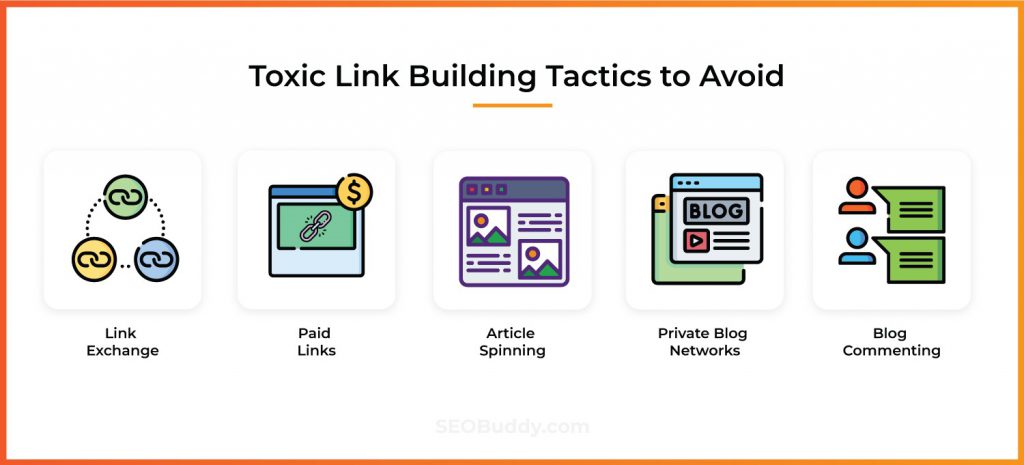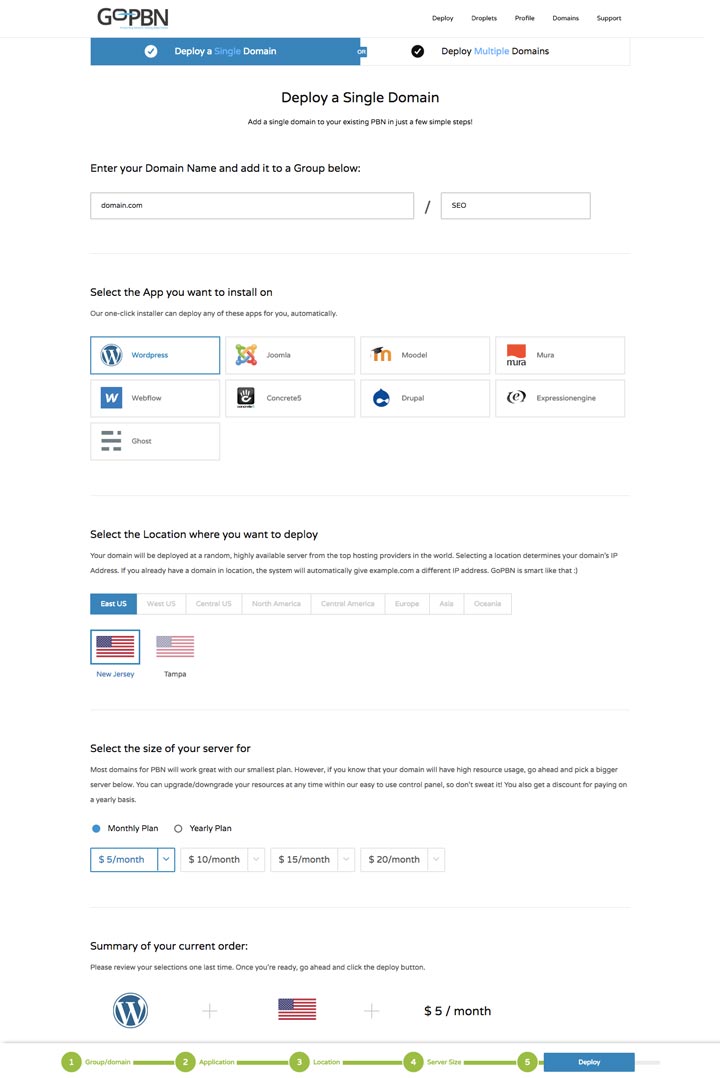All Categories
Featured
Table of Contents
- – What Is The Most Reliable Semantic Seo Strateg...
- – What Is The Most Popular Semantic Seo Platform...
- – What Is A Good Price For A Semantic Seo Conte...
- – Which Is The Premier Semantic Search Engine O...
- – What Is The Most Recommended Semantic Seo St...
- – When Are The Top Nlp For Semantic Seo Deals
- – Top Semantic Content Strategies Store Near Me
The web is altering, becoming a growing number of semantic. Search engine optimization is also changing and coming to be a lot more semantic. This is due to the fact that online search engine have actually progressed and are relocating a lot more and much more towards reading web content on the web. Naturally, that has likewise transformed the method we develop material, specifically if we want to place much better in the online search engine.
, the pioneer of the Web, mentioned to stand for the concept that all things in deep space are deeply interconnected. Intertwingularity is not usually acknowledged, individuals maintain claiming they can make points deeply ordered, categorizable and consecutive when they can not. Everything is deeply intertwingled. Based upon the relationships in between search intents, the search engine chooses a material in positioning by computing the distance in between the vectors of meaning.
It allows you to see, starting from a topic, all the entities that are related to that topic. In this manner you can plainly see which entities/concepts/ideas have already been covered on your website, and you can find brand-new opportunities by understanding what material you can include and exactly how to develop it.
What Is The Most Reliable Semantic Seo Strategies Available
It is able to make your content understandable for online search engine on the one hand and for your target market on the other. Structuring your material design highlights your web content and its hidden partnerships to ensure that online search engine can recognize you amongst thousands of pieces of details, making you more noticeable to customers who fulfill the search intent related to your business.
In semantic SEO copywriting, an editor begins from a wider series of topics and customizes the material to include semantically pertinent terms and phrases that help visitors recognize a topic, comparable to checking out content in a wiki. From a content composing perspective, one sensible way to do this is to develop a vocabulary of terms and questions bordering your target subject.
What Is The Most Popular Semantic Seo Platform Deal Right Now
Find out more concerning by enjoying the by!.

Semantic search describes the procedure of exactly how internet search engine recognize and match key words to a searcher's intent in organic search results page. Prior to semantic search, online search engine like Google operated like matchmakersaligning specific words in your inquiry with those precise words on webpages. The outcomes were simple but commonly did not have depth.
What Is A Good Price For A Semantic Seo Content Analysis?
It enables Google to provide fast, exact answers to look queries concerning real-world subjects. When you type a query word right into Google, you're not simply getting in a series of words.
When you browse for "Apple," Google doesn't just see a word that defines a fruit. It identifies Apple as a company and can give relevant info. Like the name of its chief executive officer, Tim Cook, or its latest stock rates. Google revealed the Hummingbird update in 2013. It was Google's response to the rise of voice searches, where inquiries came to be much more conversational and nuanced.
Which Is The Premier Semantic Search Engine Optimization Service?
By incorporating NLP, Hummingbird allowed Google to relocate past mere keyword matching. It helped the search engine comprehend search intent, boosting the chances that results would properly match the reason behind a customer's search.
Making it extra reliable at handling never-before-seen search inquiries. RankBrain takes into consideration even more than just search phrases when assessing a search inquiry.
It brings results that match the search phrases and align with the overall intent of giving pup training recommendations. And if the user often browses for dog-related web content, Google could focus on more thorough training guidesrecognizing the user's continuous interest in the topic. Incorporating technologies like the Expertise Graph, Hummingbird, and RankBrain, semantic search helps the Google formula analyze and link data throughout a large web of details.
What Is The Most Recommended Semantic Seo Strategies Service For The Money
The focus shifts from keyword choice to an all natural approach incorporating customer intent, topical relevance, and overall customer experience. Developing content that resolves the searcher's needs with detailed information can boost your SERP positions. Listed below, we detail the fads and techniques that settle the need for semantically educated material. Later, we supply actionable suggestions to transform these insights right into ideal methods.
A broader technique to material aligns much better with semantic search's change away from exact key phrase matching and toward individual intent. Web content that covers search queries extra completely not only pleases customers.
And 5 times higher than sites that take 10 seconds to lots. While technological SEO makes certain optimal internet site performance and accessibility, concentrating on user experience (UX) takes it a step additionally. UX intends to develop a visually appealing, easy to use user interface with engaging, quality material that encourages site visitors to stay. Semantic search modern technology allows search engines to go for results that provide the best possible UX.
When Are The Top Nlp For Semantic Seo Deals

All showcase Google's capacity to attend to a topic inquiry adequately. By comprehending the context and intent behind individual inquiries, internet search engine can provide extra appropriate information and possibly increase customer engagement. Customization in search engine result makes for better UX.Based on your previous search history and choices as a customer, semantic search helps search engines customize the results to suit your distinct needs and passions.
It brings outcomes that match the keywords and line up with the total intent of providing pup training recommendations. And if the user frequently looks for dog-related content, Google might prioritize much more in-depth training guidesrecognizing the individual's ongoing passion in the topic. Combining technologies like the Knowledge Chart, Hummingbird, and RankBrain, semantic search assists the Google formula interpret and connect information across a substantial web of information.
Top Semantic Content Strategies Store Near Me
The focus changes from keyword selection to a holistic strategy incorporating customer intent, topical relevance, and general customer experience. Producing material that deals with the searcher's requirements with extensive details can improve your SERP rankings.

A wider approach to material aligns much better with semantic search's shift away from specific search phrase matching and towards customer intent. Material that covers search questions extra completely not just satisfies customers.
And 5 times greater than websites that take 10 secs to load. While technical search engine optimization ensures ideal site efficiency and access, concentrating on user experience (UX) takes it a step further. UX intends to produce an aesthetically enticing, easy to use user interface with appealing, quality material that encourages site visitors to stay. Semantic search innovation enables online search engine to go for results that supply the ideal feasible UX.
All showcase Google's capacity to resolve a subject question thoroughly. By understanding the context and intent behind individual inquiries, search engines can deliver much more relevant info and possibly raise user engagement. Customization in search results page makes for better UX.Based on your past search history and choices as a user, semantic search aids online search engine tailor the results to suit your one-of-a-kind demands and rate of interests.
Table of Contents
- – What Is The Most Reliable Semantic Seo Strateg...
- – What Is The Most Popular Semantic Seo Platform...
- – What Is A Good Price For A Semantic Seo Conte...
- – Which Is The Premier Semantic Search Engine O...
- – What Is The Most Recommended Semantic Seo St...
- – When Are The Top Nlp For Semantic Seo Deals
- – Top Semantic Content Strategies Store Near Me
Latest Posts
What Is The Most Recommended Semantic Seo Analysis Service For The Money
Top Schema Markup For Semantic Seo Dealer Near Me
Which Is The Premier Semantic Search Strategies Company?
More
Latest Posts
What Is The Most Recommended Semantic Seo Analysis Service For The Money
Top Schema Markup For Semantic Seo Dealer Near Me
Which Is The Premier Semantic Search Strategies Company?